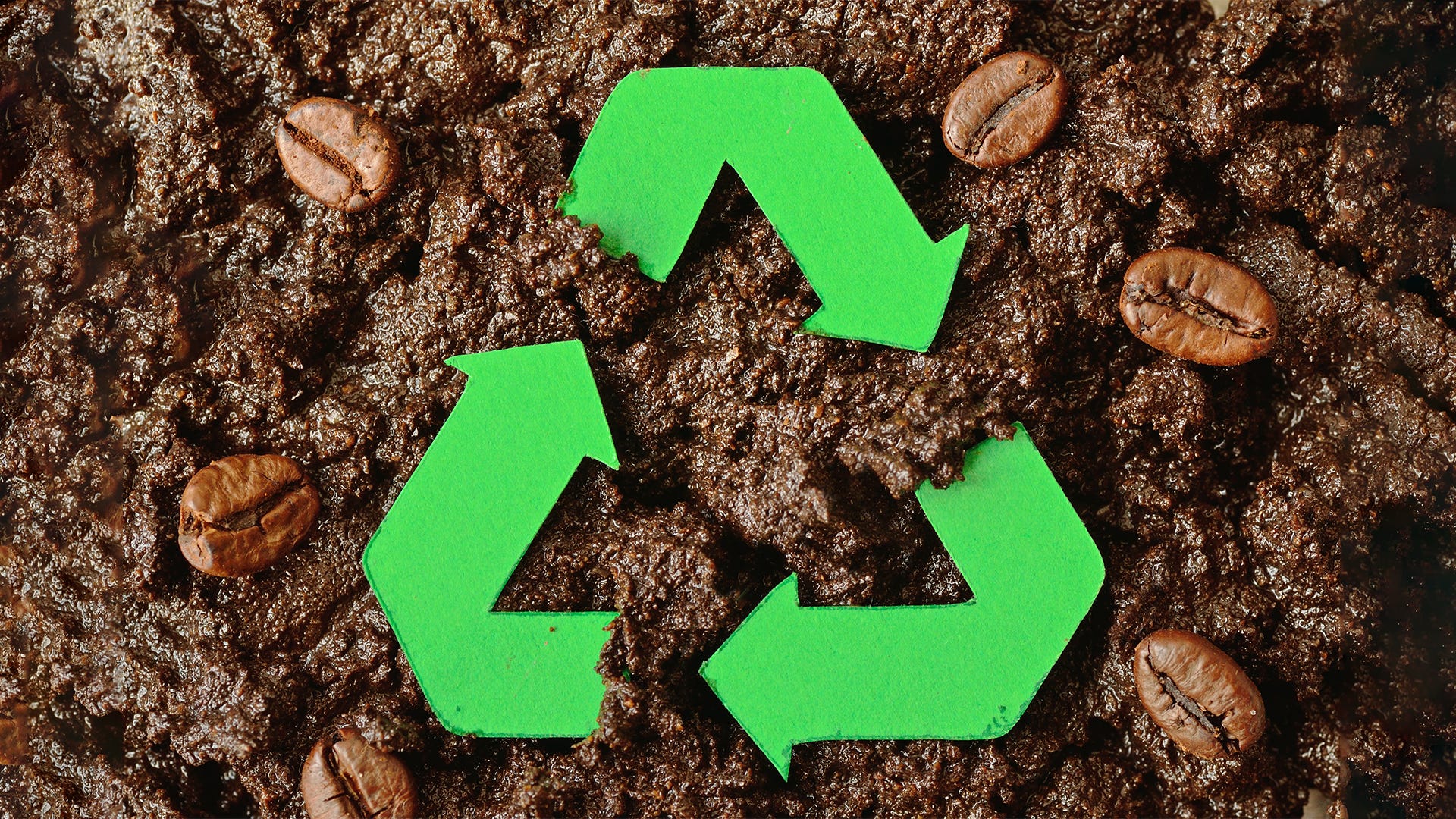
The end of a grow cycle is a happy moment, right? The harvest is in, all the challenges have been overcome, and you’re eager to start again. But what to do with all the spent plants, pots, tubing, soil, and other leftover media? Must you toss it all out and start anew? Not at all. In fact, you can save money and improve your next harvest by turning waste into fresh resources for your grow room.
Plants
The stalks, stems, leaves, and other residue of your harvest are the raw material for compost, a potent health boost for your next crop. Mix the plant leftovers with fruit and vegetable scraps from your kitchen, grass clippings, fallen leaves, wood ashes, and manure from any herbivores (bunnies, guinea pigs, chickens) you have nearby. Don’t put diseased plants in your compost pile—discard them so they don’t infect your next crop. When the compost has fully decomposed (it has no recognizable ingredients and looks like chocolate cake crumbs—about two to three months after it begins to break down), you can use it to nourish new plants. Or put some inside an old pillowcase and steep it in water for two days to make compost tea.
Before you tear out and compost all of your plants, consider cloning them for your next crop. It’s as easy as snipping off a few stems with leaves and replanting them. You can find step-by-step instructions in “How to Clone Plants.”
Soil
You don’t have to buy new bags of soil for each cycle. You can reuse the soil, but you don’t want to just take out the remains of the old plants and put in new ones. Pour the soil mix out of the pots and cull through it with your hands to remove any roots or other plant matter left by the previous crop, along with any soil-dwelling pests that may have moved in. Use your hands to break up soil that’s clumped together and allow all of it to dry out thoroughly before you put it back into pots or trays.
Media
Decaying roots cling to hydroponic media, such as rock wool or coir, which can cause disease problems in the next crop. Dump used media into your compost pile and start fresh for each new crop. Growers using clay pellets or perlite can rinse them thoroughly and reuse them after they’re dry. For extra protection against plant diseases, sterilize the media between grow cycles.
Plastic
Pots, tubing, nutrient reservoirs—plastic is almost unavoidable in an indoor garden. It’s durable and can be costly, so you want to keep using it for years. And you can do just that, if you take care to regularly clean it well. Never forget that hygiene is health in indoor gardens. Algae, mold, and other destructive fungi grow where moisture lingers, like in containers and your nutrient delivery system. After each crop is harvested, soak all of your plastic components in a solution of 3 percent hydrogen peroxide (a safe disinfectant also known as oxygen bleach) for an hour. Rinse your gear well and allow it to dry completely before using it for a new crop.
Bulbs
No matter what kind of grow lights you use, if you leave them on for 18 hours a day, the bulbs will gradually dim. After a year, they may be producing 20 percent to 40 percent less light than when new. When it’s time to replace the bulbs, don’t simply toss them in the trash. LED and high-intensity grow lights contain toxic metals that can be harmful for workers and damaging to the environment. Check your county’s hazardous waste management procedures about how to recycle them.



